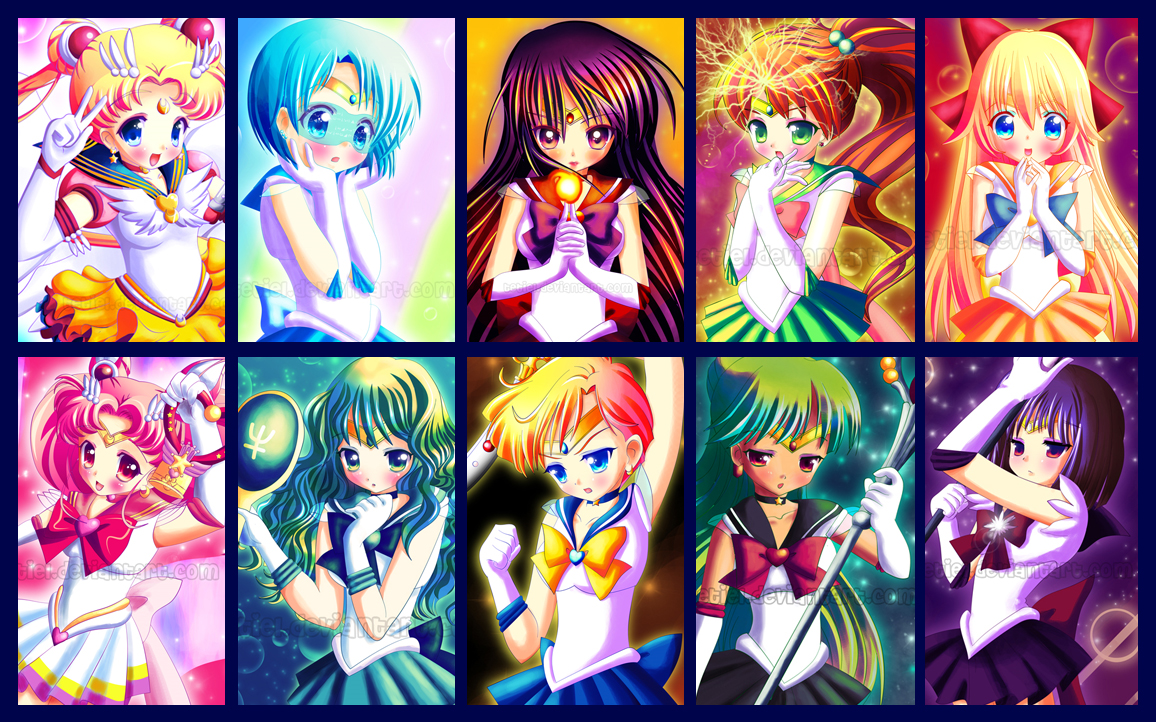Before reading Hemmann’s
blog on "Sailor Moon and Femininity, I would have agreed with critics like
Napier and Allison who are critical the ways in which Sailor Moon represents “femininity”.
I remember as a child, I had a collection of
Sailor Moon scepters, wands, and compacts, and I would pretend to “transform”
into Sailor Venus (for she was one of my favorite characters) and defeat
imaginary villains. There weren’t many strong female heroes that I could relate
to and I think as a child, I was glued to Sailor Moon for this reason. In
relation to Napier’s and Allison’s concerns, then, I think, one the
implications of their argument is that although they are resisting patriarchal
definitions of femininity (from a Western lens), they themselves are ascribing
a particular kind of femininity as the correct version of femininity. The fact
that both critics draw attention to the representation of women as “flesh” and “infantile”—as primary
factors of Sailor Moon’s disempowerment—suggests that if Sailor Moon didn’t show
so much skin, and if she looked a bit older, then, she would be ideal super
heroine. So what would Napier’s and Allison’s version of a progressive heroine
look like?
Why can’t powerful
or magical women wear short skirts? Or show flesh? How dare they reveal a
kneecap! Why should the outfits that the Sailor Moon characters wear define
their Being? Or undermine their, agency, individualism, and power that they
possess?
In the
introduction to Tough Girls: Women
Warriors and Wonder Women in Popular Culture (1999) by Sherrie A. Innes, she writes “traditionally, men have learned
that they should be the stoic brave heroes, capable of overcoming any obstacle
that stand in their way. Women have learned that toughness has little to do
with them” (7). Althought Innes specifically refers to American popular
culture, we can see how Sailor Moon, at the time of its production, was ahead
of its time, particularly in envisioning women as focalising agents of a
narrative in which they become the hero of the story. Sailor Moon is not made
to appease a male-audience, but rather to encourage young girls that they, too,
can achieve great things in life.
RAPELAY
While the game is highly problematic
because it justifies rape as a legitimite form of revenge and suggests that these
women deserve to be raped, the comments made by the player further validates
random acts of violence against women.
Throughout the gameplay, the player states:
These fuckin women are always trying to talk over me… I’m
not narrating this shit especially when these cunts are talking over me”
“Japanese women normally sound like they’re having sex when
they talk”



